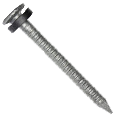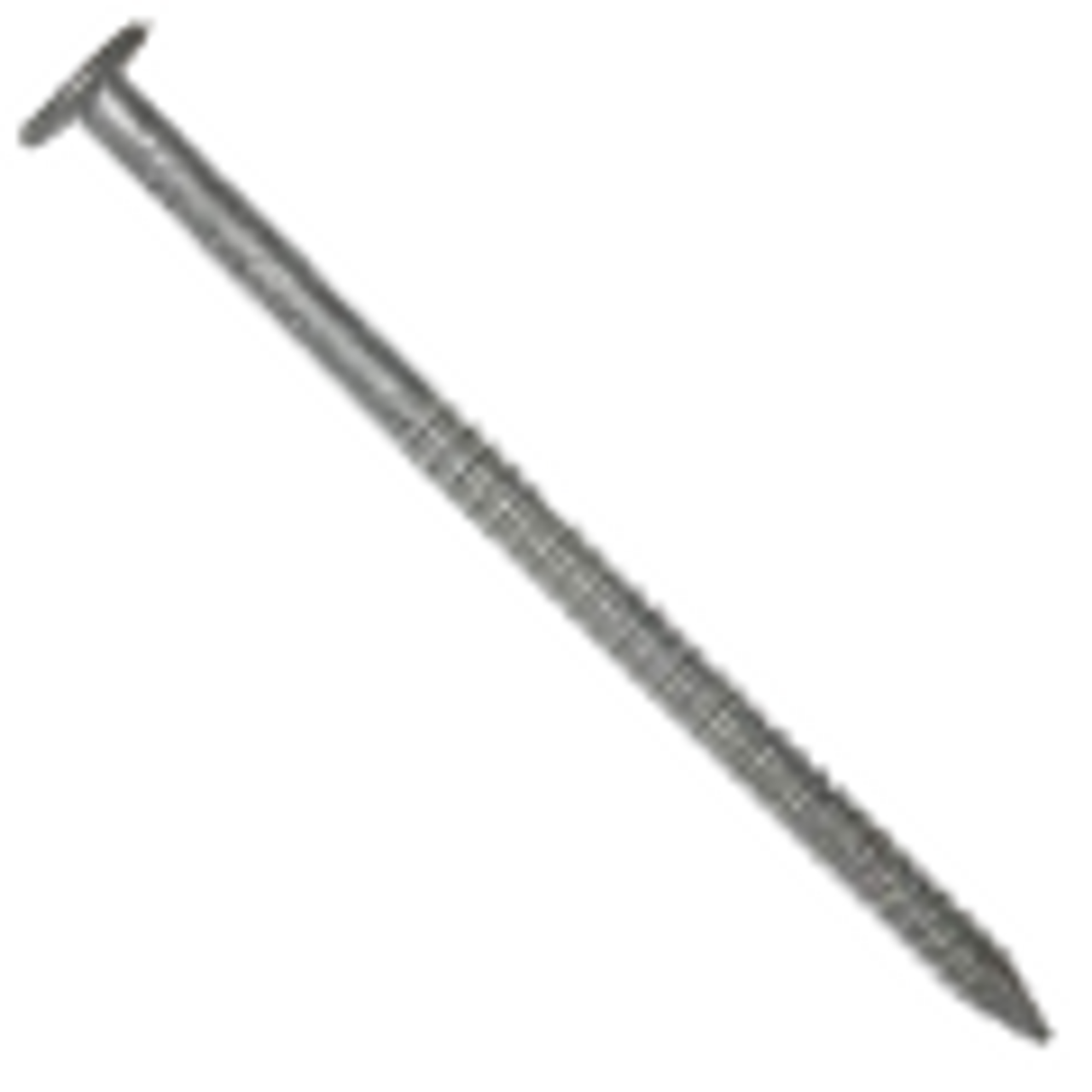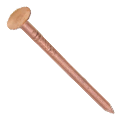Roofing Nails
Roofing nails are specifically designed for use in roofing applications and have several characteristics that make them suitable for this purpose.
-
Length and Shank Design: Roofing nails are typically longer than standard nails, ranging from 1 to 1.5 inches (2.5 to 3.8 cm) in length. This extra length allows them to securely penetrate multiple layers of roofing materials. The shank of a roofing nail is often smooth or has a barbed design to enhance its holding power.
-
Large Heads: Roofing nails have larger heads compared to regular nails. This increased head size helps to provide better resistance against wind uplift and keeps the roofing material firmly in place.
-
Galvanized or Coated: To protect against corrosion and rust, roofing nails are often galvanized or coated with materials like zinc, copper, or stainless steel. This protective coating ensures the nails can withstand the elements and maintain their integrity over time.
-
Sharp Points: Roofing nails usually have sharp points to make it easier to penetrate the roofing material without causing excessive damage. This feature helps prevent cracks or splits in the material and maintains the overall integrity of the roof.
-
Wide Shank Diameter: The shank of a roofing nail is typically larger in diameter compared to standard nails. This increased thickness provides added strength and durability, ensuring the nails can hold the roofing material securely in place.
-
Wide Range of Types: There are different types of roofing nails available to suit various roofing materials and applications. Common types include smooth shank nails, twisted shank nails, ring shank nails, and coil roofing nails. Each type offers specific benefits in terms of holding power, ease of installation, and compatibility with different roofing materials.
Overall, the special features of roofing nails are designed to provide strong, secure, and long-lasting attachment for roofing materials, ensuring the stability and protection of the roof structure.









